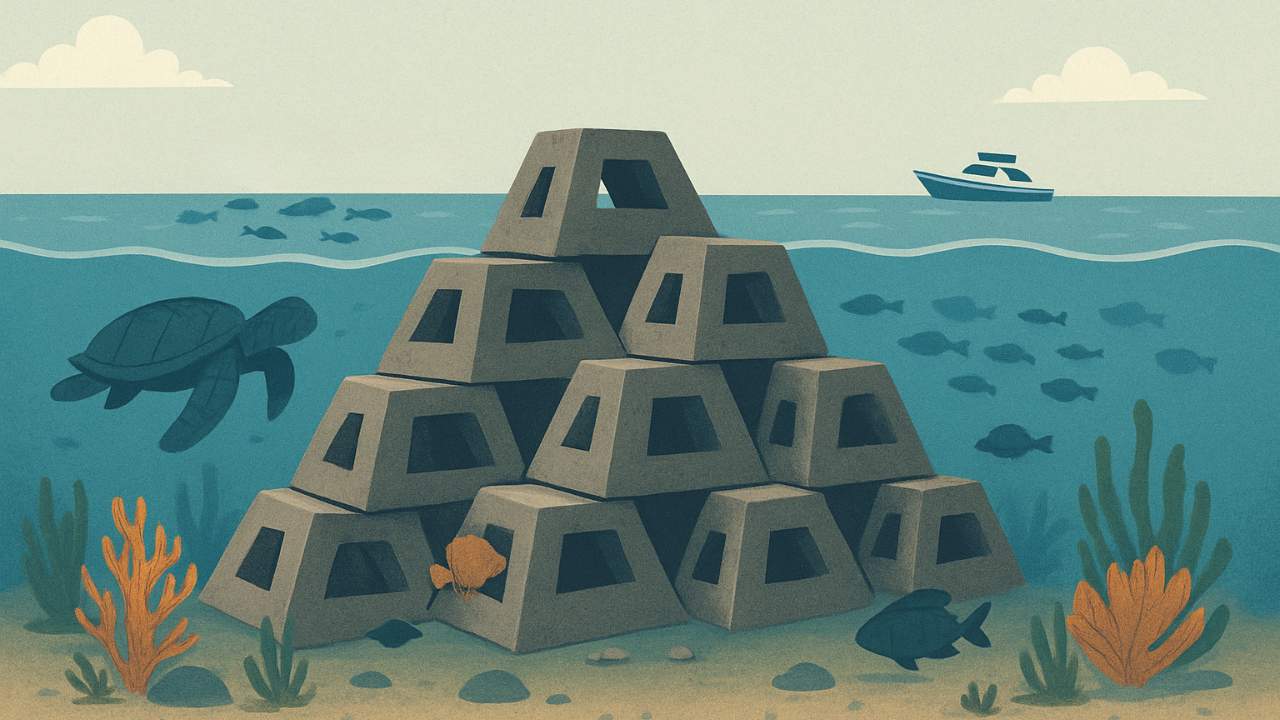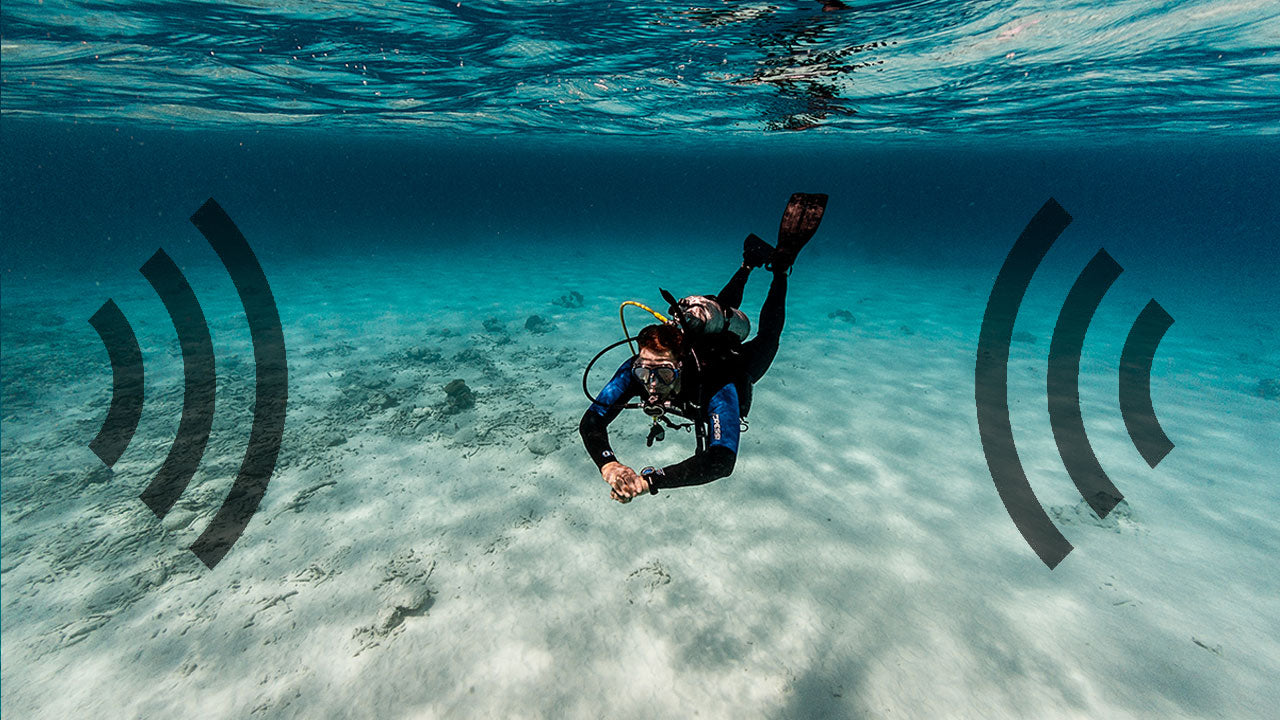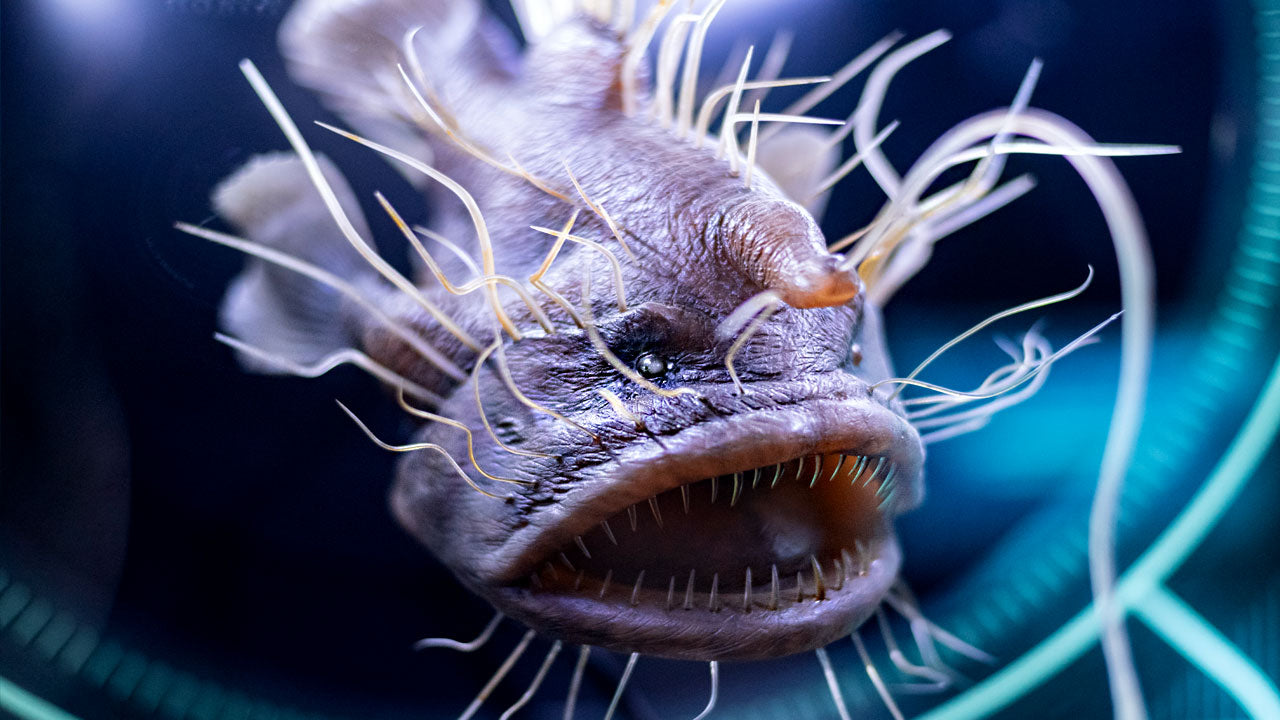Squid vs. Octopus - What’s the Difference?

Octopuses and Squid are both head-footed aquatic animals that fall under the molluscan class Cephalopoda. Both these creatures live in salt water, their blood is blue due to the presence of copper in it, they have three hearts each, and, quite frankly, look a lot alike. However, if you dig deeper into their anatomy and how they function, you’ll see that they differ in their physical characteristics, habitat, and behavior.
So what exactly separates octopuses and squid? Let’s find out.
1. Anatomy
An octopus is a soft-bodied creature, as it does not possess a skeleton. The only hard part on an octopus’ body is its beak, which is made of chitin. This beak is used to eat prey. An octopus has a round head, a bilaterally symmetric body, a mantle and eight long arms with one or two rows of suckers that help it taste its food.
A squid has a soft body like that of an octopus, but a robust and pliable structure, known as a pen, which acts like a flexible backbone that runs the length of the animal’s body and stabilizes it whilst it’s swimming. The squid has a triangular head, eight arms in the rear and two extra long tentacles, which are equipped with hooks and suckers or sucker rings. Additionally, a squid has two head fins, while the octopus has no fins at all - except for some deep-water species like the Dumbo octopus.
2. Size
The majority of squid are no more than 60 cm (2 feet) long, although the giant squid may reach 13 m (43 feet) in length. The smallest species of squid, the sepiolid, is under 2.5 cm (1 inch) long.
Octopuses vary in length from 1 cm (0.4 inch) to more than 5 meters (16 feet) long.

3. Locomotion
Octopuses can crawl and swim. Their fastest mode of movement though is jet propulsion (sucking water into a muscular sac in the mantle cavity surrounding their bodies and quickly expelling it out a narrow siphon). They crawl with the help of their arms on soft and rough surfaces.
Squid also use jet propulsion for locomotion. Additionally, they can use fins located on their heads to propel themselves when swimming at low speeds. These fins steer and stabilize the squids when moving slowly, and wrap around the body when they move quickly.
4. Hunting
Octopuses are skilled hunters. They eat crustaceans that dwell at the bottom of the sea, most of which include crabs, whelks, small fish, mollusks, clams, and lobsters. The supple arms of octopuses hold and pierce the shells of their prey, injecting venom that causes paralysis. They then release salivary enzymes, loosening the meat from the inner shell, thereby enabling them to devour the meat.
Squid feed on shrimp, crabs, and small fish. They use their two specialized tentacles to quickly reach out and capture prey. Then they tear off bits of flesh and scrape the meat into their mouths with their beaks.
5. Reproduction
The male octopus uses a specialized arm called a hectocotylus to transfer sperm to the mantle cavity of a receptive female. The female lays strings of fertilized eggs on the roof of her den. She guards, cleans and aerates the eggs with water expelled from her siphon until hatching - anywhere from 30 days to a year, depending on the species. The female may build a wall of rocks to seal off the den and will remain in the den until just before she dies after the eggs have hatched.
Squids often mate in large groups and attach their egg capsules to the ocean floor or to seaweed. Most adult octopuses and squid die after reproducing. Their bodies are recycled in the food web, nourishing other animals, and ultimately providing food for their young when they hatch.


6. Habitat
Squids and octopuses are found in salty water from the tropics to the temperate zones.
Octopuses prefer living in dens on the ocean floor, from the shallows to the deep. They normally live by themselves, and in brief, are solitary creatures.
Squid like to live in the open sea. They thrive at various depths, and their habitat depends upon their species. Squid may also live by themselves like an octopus, but on most occasions, they live in groups in their early life.
Octopus
Squid
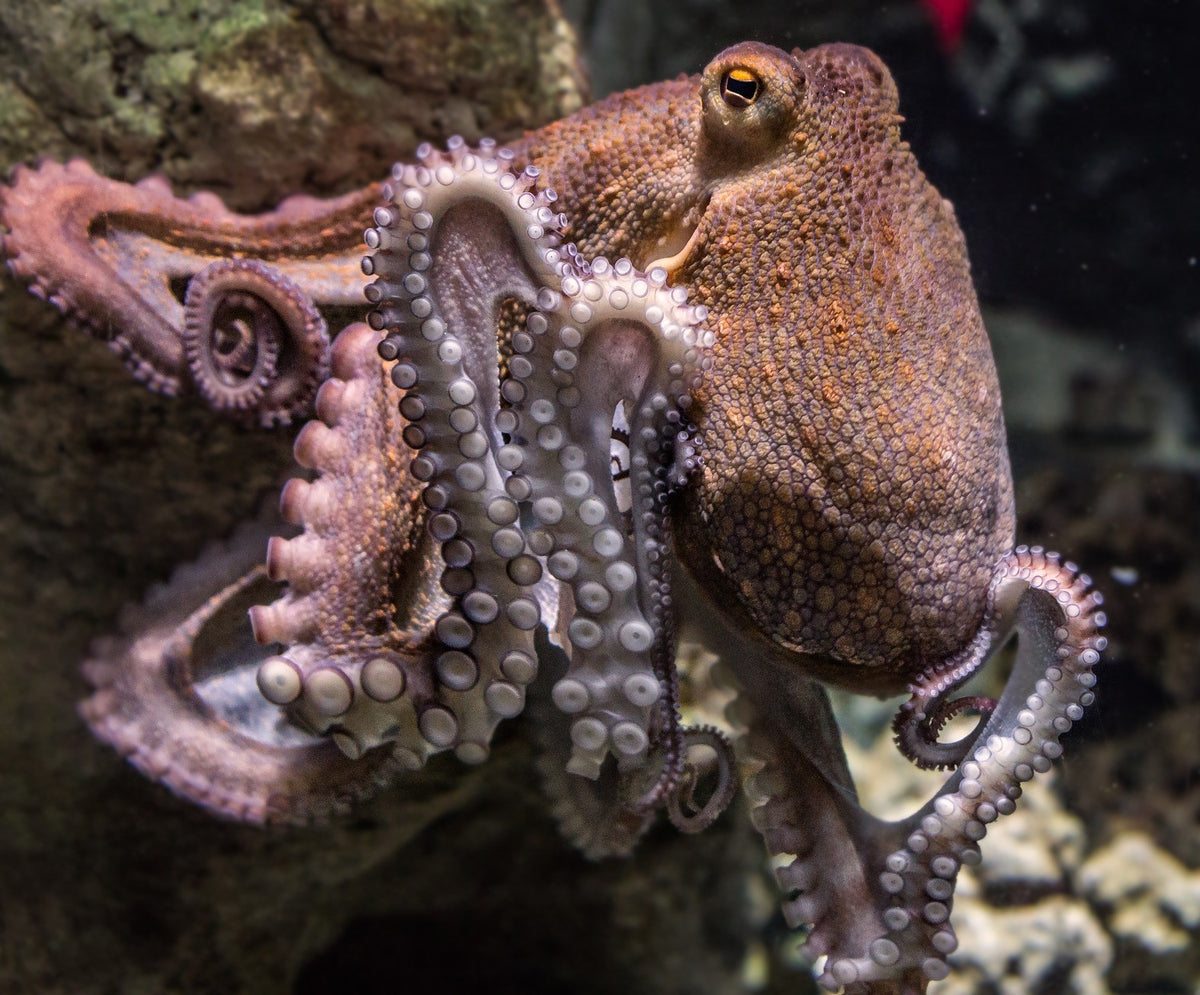
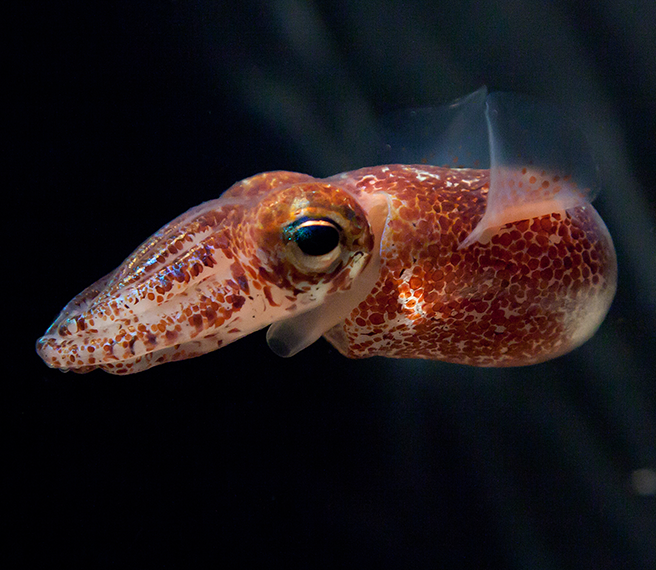
Order
Octopoda
Teuthida
Species
300
298
Found in
Dens on the seafloor
Open oceans
Nature
Solitary by nature
Solitary or living in schools
Anatomy
Mantle, head, 8 arms with 1 or 2 rows of suckers without hooks
Mantle, head, 2 fins, 8 arms, 2 tentacles with hooks and sucker rings
Shell
None
Has a bony structure called a pen, which serves as its flexible backbone
Lifespan
1 to 3 years
9 months to 5 years
Diet
Bottom-dwelling Crustaceans
Fish and shrimp

